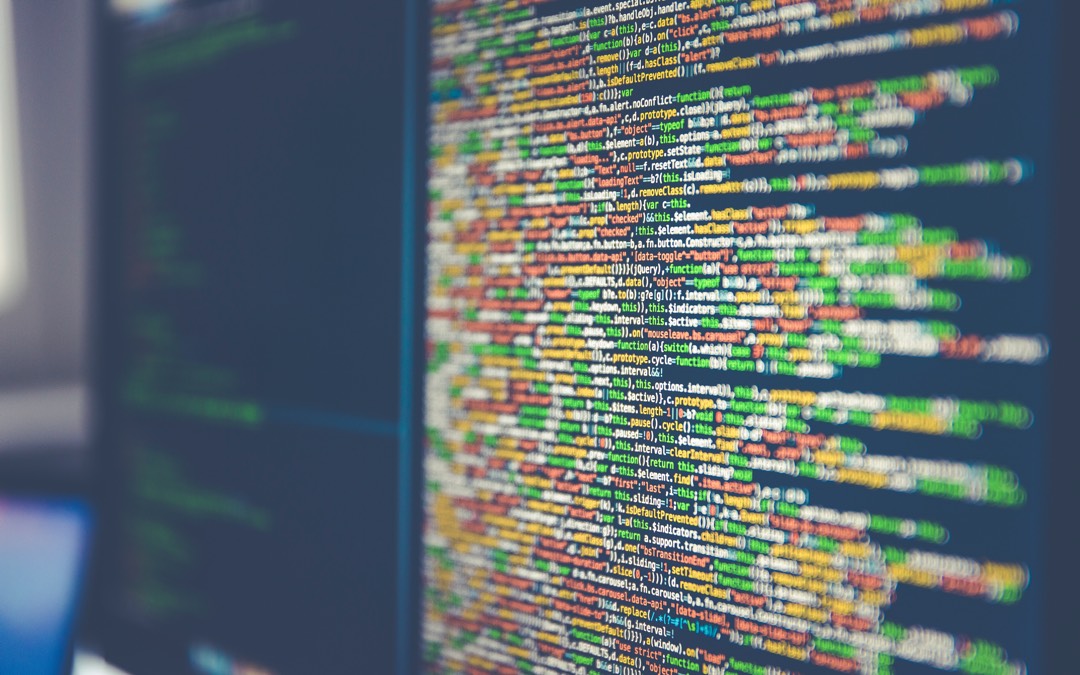By David Kline
In June of 2014, The U.S. Supreme Court issued its most consequential decision on the patentability of software since it upheld the first software patent 33 years previously. In Alice v. CLS Bank, the Court ruled that taking some activity that people have been doing for centuries — in this case, holding funds in escrow until a transaction is completed — and then merely “doing it through a computer” did not turn this age-old activity into a patentable new invention.
The Alice ruling has had a major impact in tightening the criteria for software patents. But some people believe that software should not be patentable under any conditions.
They argue, first of all, that software is different from other industries — more iterative and more incremental, with each advance building upon thousands of previous advances. Therefore, their thinking goes, software should not be entitled to patents that should more properly be reserved for truly revolutionary inventions.
There are two problems with this argument. First, as anyone in the semiconductor, chemical, or medical device industries can attest, innovation is no more iterative, incremental, or cumulative in software than it is in many other industries. Indeed, there are probably just as many or more patents for incremental semiconductor inventions that build modestly upon earlier work as there are patents for incremental software inventions that do the same.
As patent scholar and veteran practitioner Paul Janicke of the University of Houston put it, “There really are no breakthrough inventions — at least not in the sense imagined by these critics. Everything moves one step at a time. In fact, every time I thought I encountered a large leap, it turned out that I didn’t know the full extent of the prior art.”
The second problem with their logic is that the Founding Fathers specifically designed the patent system to encourage precisely this kind of incremental invention, so that ordinary people — using only the basic technical skills possessed by most citizens — could participate in rapidly developing the economy from the ground up. This was a very different approach than that of elitist European patent systems of the day, and it produced results that the rest of the world very soon came to envy.
As the October 21, 1876 issue of Scientific American noted, “In the aggregate the little things — which in England or the continent would not or could not be patented — probably add more to the wealth and wellbeing of the community … than the great things do.”
Or to quote Thomas Jefferson himself: “A smaller [invention], applicable to our daily concerns, is infinitely more valuable than the greatest which can only be used for great objects.
Another argument made by critics of software patenting is that patents supposedly stifle innovation and foster monopolization in the software industry. Significant research, however, suggests that this is decidedly not the case. In fact, the software industry has become even more innovative, more diversified, and more startup-friendly since patenting became common in the 1990s. One need only look at the huge proliferation of highly-innovative startups in today’s social media and apps software fields to see just how erroneous the claim is that software patents stifle innovation. Also consider the fate of the Blackberry, once dominant but in only a few years superseded by more innovative smartphone makers.
Finally, some critics insist that the intangible nature of software ought to disqualify it from patentability. But as noted earlier, the Supreme Court has affirmed repeatedly that although abstract concepts such as algorithms cannot be patented, software that employs algorithms to produce a tangible and inventive result — e.g., software that governs the molding of raw synthetic rubber into cured precision products — may be patented.
It’s also helpful to view this issue in a larger context. Forty years ago, 80 percent of the market value of all public companies resided in their tangible physical assets — their plant, equipment, and raw materials. In today’s Knowledge Economy, however, it is intangible assets — intellectual property — that makes up 80 percent of the market value of public companies.
Indeed, the entire history of economic progress on our planet may be described as one long climb by humanity up the ladder of abstraction — from brute force to the subtle use of energy, from wealth derived from tangible resources and industrial machinery to wealth derived from ever-more ingenious ways to deploy that energy and those resources. It seems only logical, therefore, to expect that invention itself should follow a similar trajectory — from the realm of the tangible to the realm of the intangible.
Ironically, the debate over patents for software, business methods and other intangible inventions is nowhere more heated than on the Internet, itself an intangible realm in which “virtual” businesses launched with little more than hope and electrons (e.g., Facebook) are creating real and substantial wealth in the form of new products, new services, new jobs, and new economic growth for society. Yet strangely, those who have no trouble accepting the Internet as the intangible fruit of Information Age invention seem to get stuck in Industrial Age conceptions of what should and should not be patentable.
